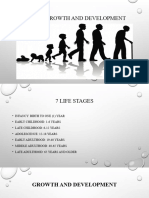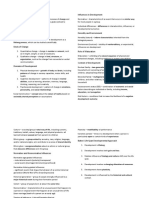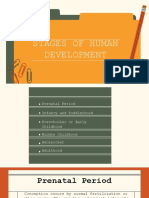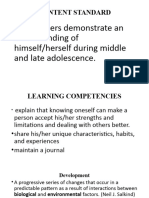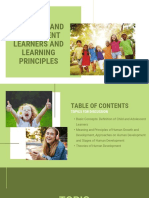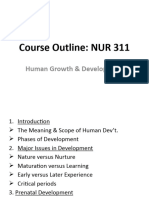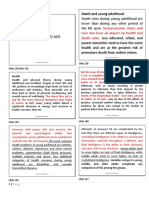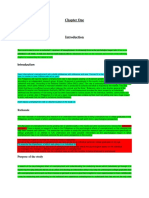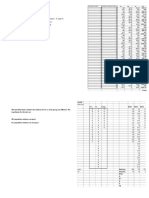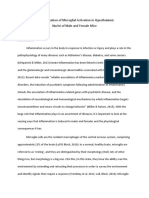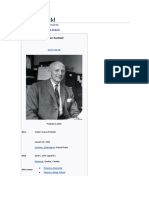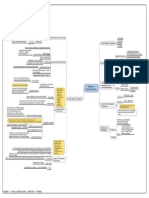0% found this document useful (0 votes)
136 views4 pagesMilestone
Human development involves both quantitative and qualitative changes over time. The document summarizes physical, cognitive, and psychosocial development across three life stages: early adulthood, middle adulthood, and late adulthood. In early adulthood, people are at their physical peak but experience new patterns of thinking. They focus on intimacy versus isolation. In middle adulthood, physical and cognitive abilities gradually decline while generativity versus stagnation becomes a focus. Late adulthood involves further physical and cognitive changes along with a focus on integrity versus despair.
Uploaded by
Abby FernandezCopyright
© © All Rights Reserved
We take content rights seriously. If you suspect this is your content, claim it here.
Available Formats
Download as DOCX, PDF, TXT or read online on Scribd
0% found this document useful (0 votes)
136 views4 pagesMilestone
Human development involves both quantitative and qualitative changes over time. The document summarizes physical, cognitive, and psychosocial development across three life stages: early adulthood, middle adulthood, and late adulthood. In early adulthood, people are at their physical peak but experience new patterns of thinking. They focus on intimacy versus isolation. In middle adulthood, physical and cognitive abilities gradually decline while generativity versus stagnation becomes a focus. Late adulthood involves further physical and cognitive changes along with a focus on integrity versus despair.
Uploaded by
Abby FernandezCopyright
© © All Rights Reserved
We take content rights seriously. If you suspect this is your content, claim it here.
Available Formats
Download as DOCX, PDF, TXT or read online on Scribd
/ 4

